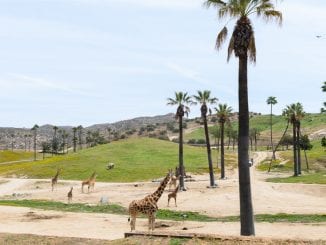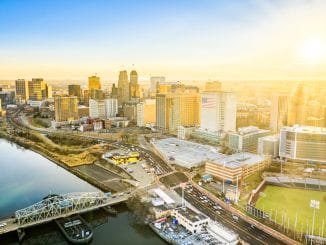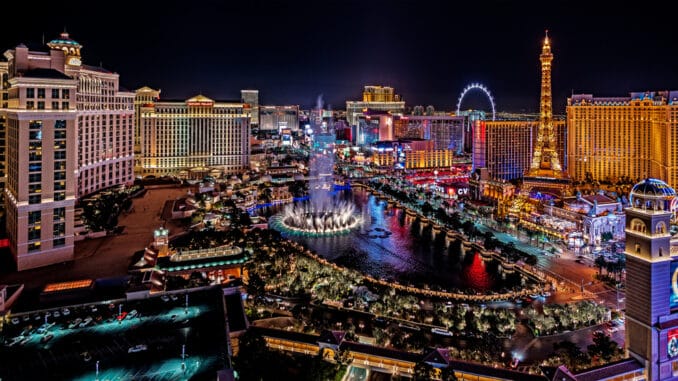
Las Vegas sits near the center of Clark County, which makes the southern tip of the state of Nevada and borders Arizona to the east and California to the west. The city is in the Mojave Desert and is situated alongside the Colorado River, at Mead Lake and Hoover Dam.
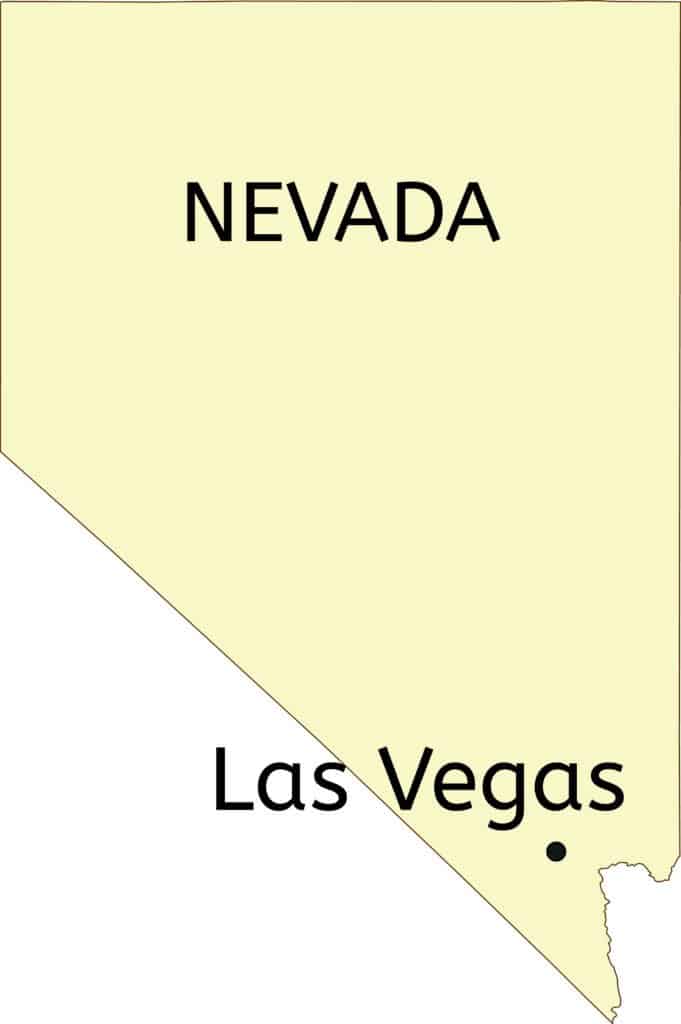
Las Vegas has many attractions, chief among them are its many luxurious casinos and the infrastructure that supports them. The city also contains a lot of historic and cultural sites that allow visitors an authentic look into the past.
In the rest of the article, we’re going to learn a little bit about the people, history and reputation of Las Vegas, as well as what to do and where to stay when you visit.
Who Are the People of Las Vegas?
The city of Las Vegas has just over 640 000 people living in it and acts as an anchor to the Las Vegas Valley, the metropolitan area of more than 2 million people, the second most populous in the American Southwest. Las Vegas has seen explosive growth from 1900, when only 25 people were listed in the census as living there.
Las Vegas’ growth has been driven by groups from all origins. Starting from the original Mormon settlers, the city has seen a lot of movement from Hawaii and is sometimes referred to as the “night island of Hawaii” for this reason. Most recently, Las Vegas has had a lot of people moving from Central America and the Caribbean, with almost a quarter of its population boasting Mexican heritage.
What is the History of Las Vegas?
The first permanent settlement was built in Las Vegas in 1855, when Mormon settlers built a fort to use as a halfway point and rest stop between Salt Lake City and Los Angeles, both of which were big Mormon centers at the time. Las Vegas achieved city status in 1911.
The city’s destiny was made in 1931 when the state of Nevada legalized gambling. In that same year, the Northern Club obtained the first license in the city to provide legal gambling, making a change from the illegal gambling they’d been offering since 1920. After multiple name changes, it was last known as La Bayou before being closed down in 2016.
The first big round of growth was driven by the influx of workers needed for the construction of Hoover Dam in the 1930s and military families starting from the 1940s. The second growth spurt began in the 1980s, with Las Vegas’ population doubling in the span of only one decade, developing a lot of the suburbs we know of today.
What is Las Vegas Known For?
Other than the nearby Hoover Dam, which powers parts of California, Arizona and Nevada, including Las Vegas, the city is best known for three things: gambling, organized crime, and its military and nuclear connections.
Gambling
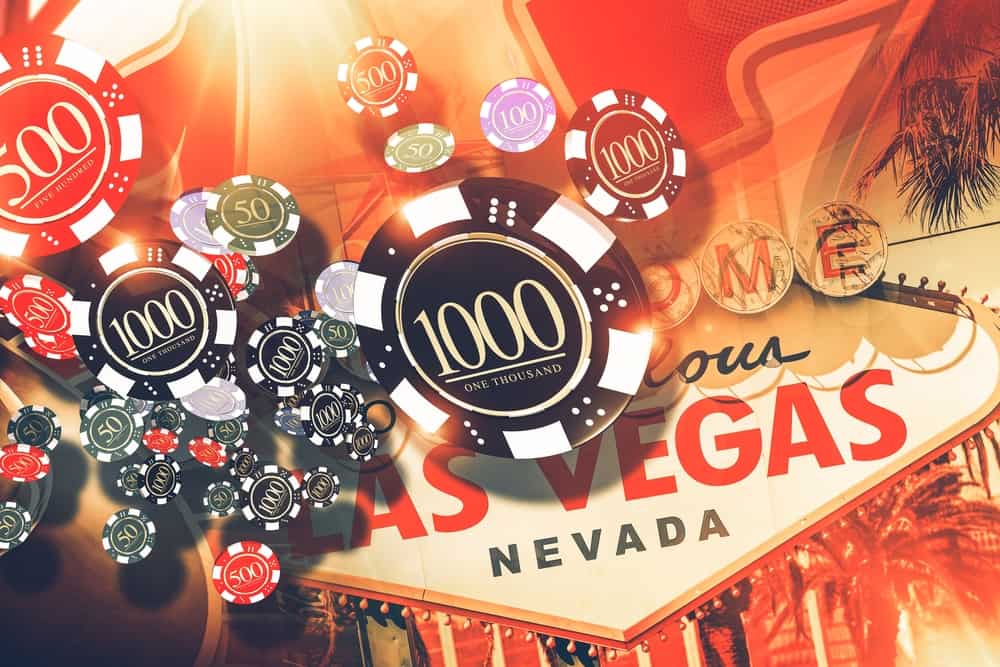
Since legalizing gambling – or as it’s known in Nevada, gaming – began in 1931, Las Vegas spent most of its existence as one of the only cities in America where you could gamble with wanton abandon legally. Even with the emergence of casinos in tribal lands, gambling remains relatively restricted in America, so Las Vegas is in no danger of losing its title as Sin City.
Organized Crime
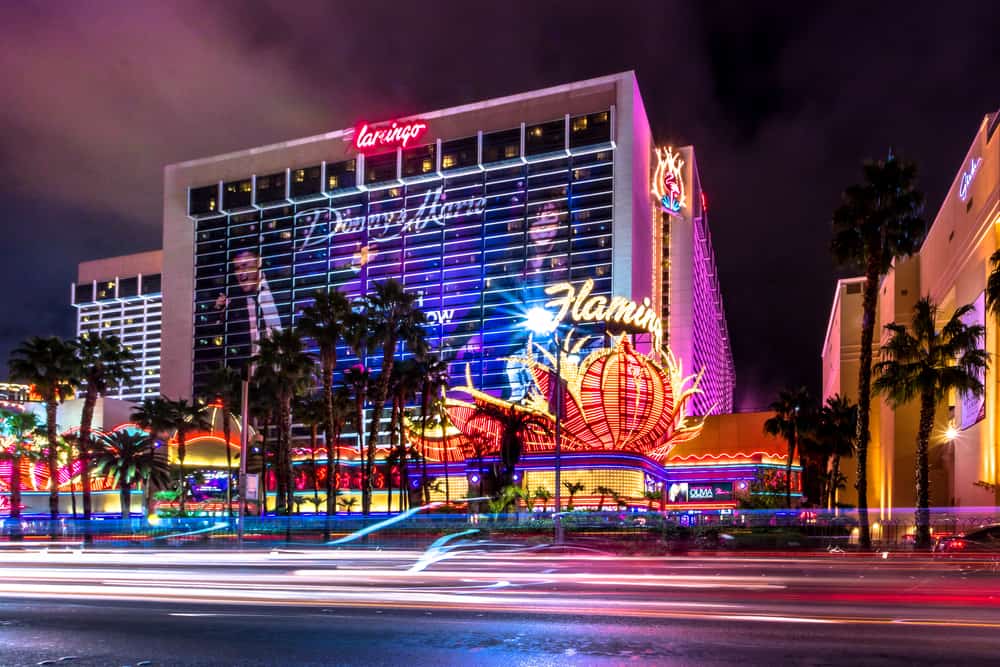
Las Vegas’ connection with organized crime goes back to before gambling was legalized, when lots of places would offer games anyway along with alcohol, which was also banned under Prohibition. The first mafia connections in Vegas were with the Flamingo Hotel ; Casino, created by mobsters Bugsy Siegel and Meyer Lansky, and this kickstarted both the development of the strip and its connection to organized crime.
Atomic City

Las Vegas has had a US military presence since the opening of Nellis Air Force Base, then called the Las Vegas Army Airfield. But the most unique part of its military history is the test site where nuclear bombs were detonated. Visitors would come to Las Vegas to see the mushroom clouds in the distance, the last of which was in 1962.
Where Should a Visitor to Las Vegas Go?
Las Vegas includes the same sorts of shopping and dining amenities one would expect from most big cities, but the main attractions are the casinos. If you’re not interested in gambling, there are a lot of historic sites to visit and take in the rich history of the city.
Downtown

The casinos in downtown Las Vegas are based around Fremont Street, with its prominence going all the way back to 1925, when it became the first paved street in the city. You don’t need to be a gambler to visit downtown, though. The Fremont Street Experience, opened in 1995, is a pedestrian mall including such attractions as free open air concerts and its LED display canopy.
Las Vegas Strip

Most of the biggest, most famous, most luxurious hotels in Las Vegas can be found along the Las Vegas Strip. Contrary to the name, this is located in the nearby unincorporated communities of Paradise and Winchester. The Strip borders Las Vegas proper, though, so it’s worth including a stop there as part of your trip for the essential Vegas experience.
Historic Sites
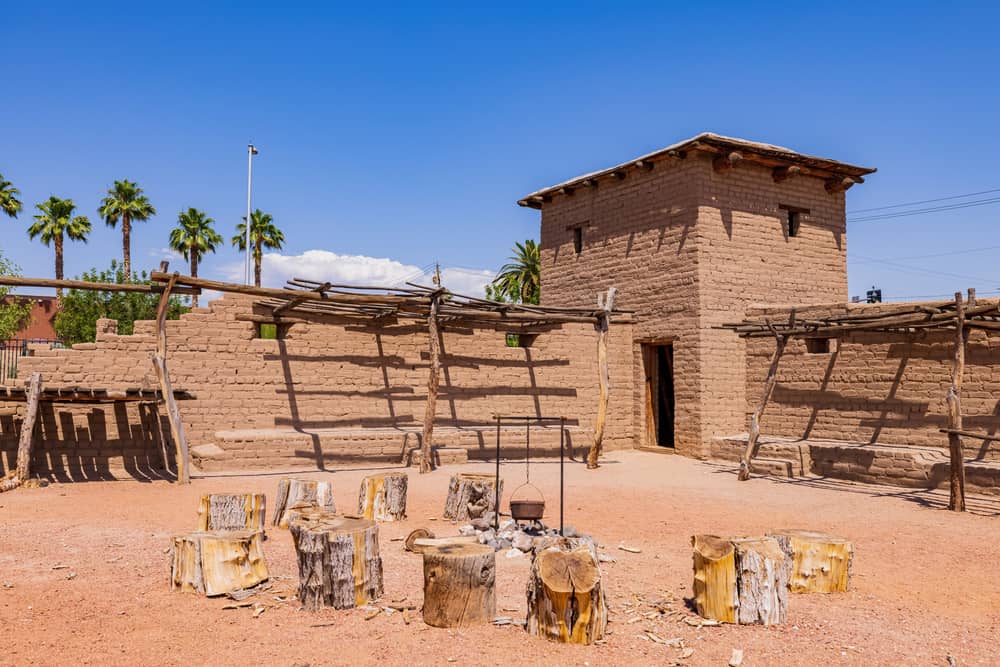
Although Las Vegas’ history is fairly recent, there is a lot to explore from this time period. Most notably, the original Mormon fort built in 1855 is still standing and can be visited as the Old Las Vegas Mormon Fort State Historic Park. Located less than a mile from Fremont Street, the visitor center allows you to discover the history of the settlement.
Where Can a Visitor Stay in Las Vegas?
The big casinos in Las Vegas will tend to have hotels attached to them, so you’ll always be able to find a convenient location to stay while visiting the city. If you don’t need immediate access to a casino and want to save a bit of money, there are also plenty of motels dotted around Las Vegas that you can stay in.
Conclusion
While casinos make up its core, we’ve learned that there’s a lot more to Las Vegas, and you’re now hopefully prepared for your next trip to Sin City.


